When you come across the mention of the flugelhorn, you might immediately think about the mellow, warm tones it produces. And you’re definitely right. This instrument has always held a significant place among other representatives of the trumpet family due to its sonic characteristics. Let’s investigate its unique role in music in more detail.
What Is A Flugelhorn?
The flugelhorn is described as a hybrid between a trumpet and a cornet. What makes it distinctive among other members of the brass family is its iconic tone that sounds darker than trumpets. The instrument was developed on the basis of the English valveless bugle in the early 19th century in Germany. The credit is attributed to the inventor of the valved orchestral horn – Heinrich Stölzel, whose early design became the groundwork for the further development of the instrument. The inventive instrument maker Michael Saurle improved and popularized the flugelhorn. He was also the creator of key modifications in the mid-19th century that helped adapt the flugelhorn in military and brass band settings.
Although we use the word combination “flugelhorn players,” regarding musicians playing the flugelhorn, this instrument is typically played by trumpet players. It happens so because of the similarities in playing technique that both flugelhorn and trumpet share. They have a similar valve configuration that makes it easy for trumpet players to transition between these two instruments. Musicians can use their existing trumpet playing skills and adapt to the slightly different characteristics of the flugelhorn.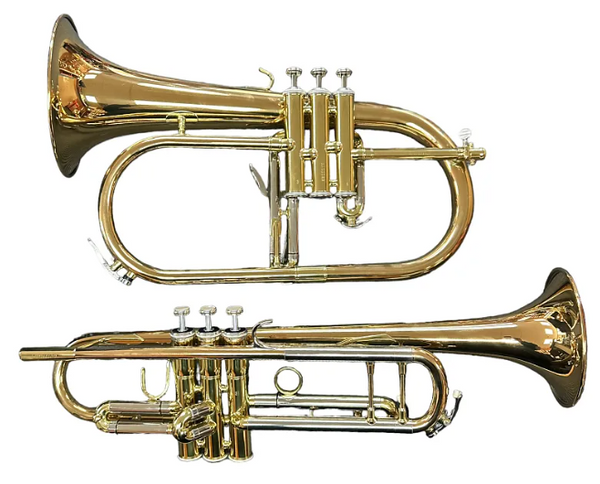
Flugelhorn Vs. Trumpet
Despite the similarities these two instruments share, they have some distinctive features. The flugelhorn is known for its mellower and warmer tone with a few upper harmonics, compared to the trumpet that is characterized by the bright tone with many upper harmonics. This peculiarity makes it a suitable option for certain musical genres such as jazz and brass band music. Switching between the trumpet and flugelhorn, players can achieve impressive versatility with different tonal qualities.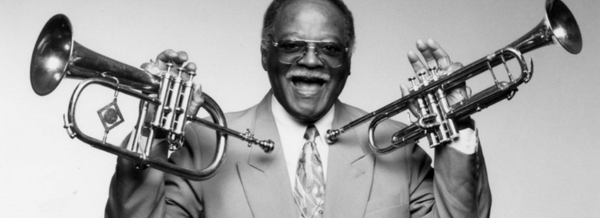
The darker tone of the flugelhorn is a direct consequence of the difference in bore compared to the trumpet. Unlike the cylindrical bore typical for trumpets, the flugelhorn has a conical bore with a gradually expanding diameter towards the bell. The cylindrical bore features more direct, brassy qualities, while the conical bore produces a rounder sound. For the flugelhorn, musicians use V-shaped mouthpieces with a deeper cup than the standard C-shaped trumpet mouthpieces.
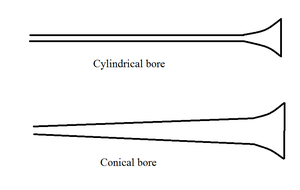
The Role of Flugelhorns in Music
Although the flugelhorn was originally designed to complement brass bands, it took a significant place in pop, jazz, and classical music settings. Its timbre works well for lyrical playing and also for situations when musicians want to achieve a more nuanced sound. Flugelhorns are used for various purposes, such as playing solos or complementing ensemble settings. Its mellow sound is present in some poignant moments in orchestral compositions of the 20th century, which captivate both musicians and listeners.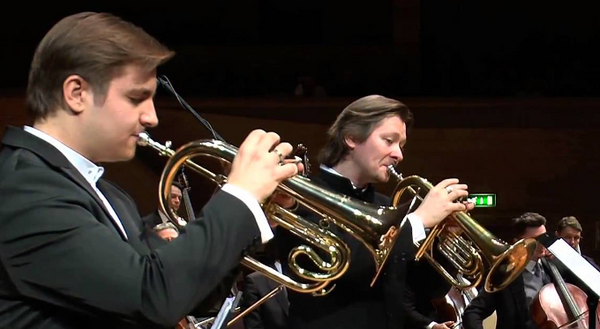
As for jazz, Joe Bishop is believed to be one of the first jazz musicians who played the flugelhorn. In the early 1950s, Rogers and Kenny Baker played this instrument too. Chet Baker recorded a few albums on the flugelhorn during the 1950s-1960s. The flugelhorn can be heard on Miles Davis’ album "Miles Ahead" (1957). Although this musician is mostly associated with the trumpet, he successfully experimented with the flugelhorn, incorporating an innovative approach to jazz. The flugelhorn sounds are also present in the world-recognized song “Feels So Good”, performed by Chuck Mangione that was played by top stations as a true hit back in the 1970s.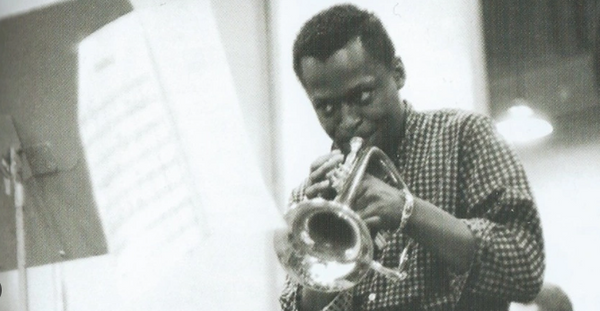
This instrument is considered an irreplaceable member of the British-style brass band. Sometimes it also occurs in orchestral and concert band music. Some of the famous orchestral musicians, who used this instrument in their compositions, are Igor Stravinsky, Ralph Vaughan Williams, Michael Tippett.
The flugelhorn’s unique tone and adaptation to various genres bring emotional depth to the songs, making them emotionally influential and catchy. Since musicians can find flugelhorns with a fourth valve among the modern models, they have even more space for experiments. The fourth valve that lowers the pitch by a perfect fourth truly works magic combined with the dark sound.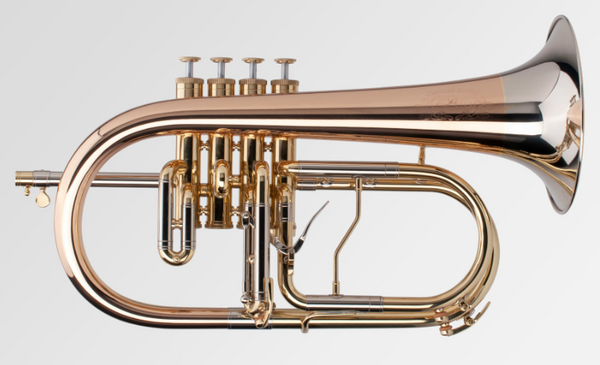

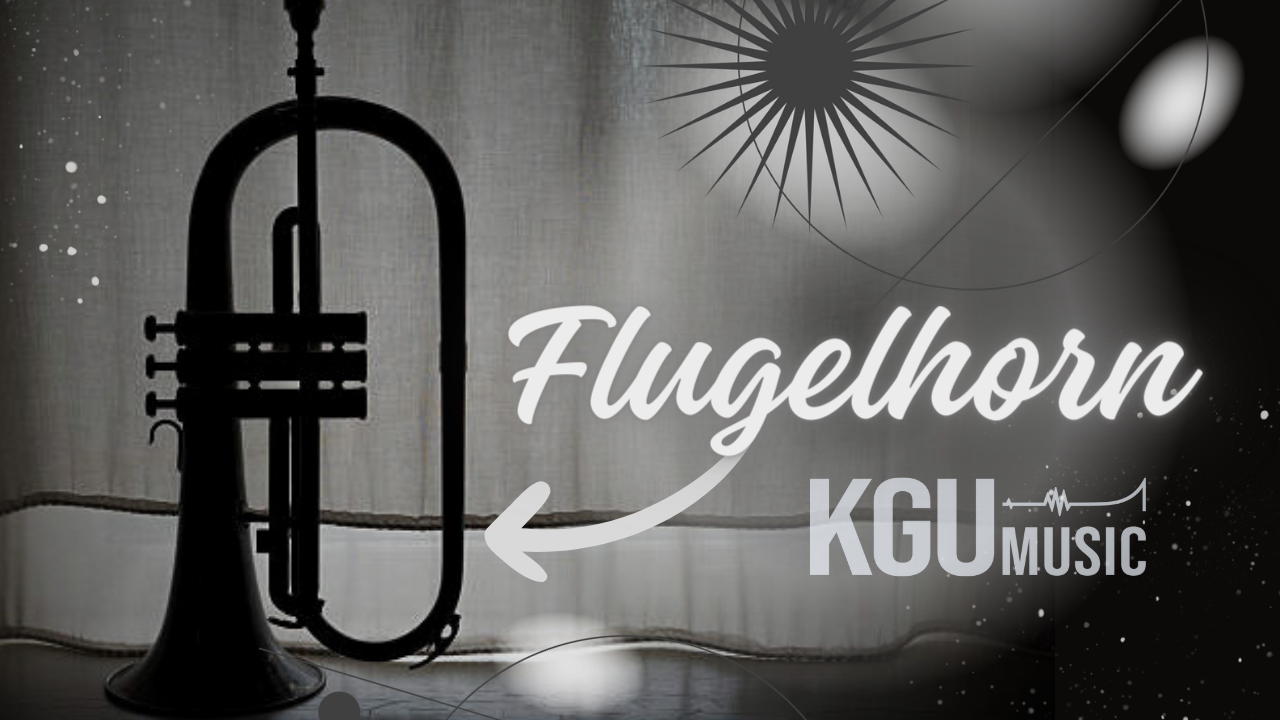

 https://kgumusic.com/pages/about-us
https://kgumusic.com/pages/about-us